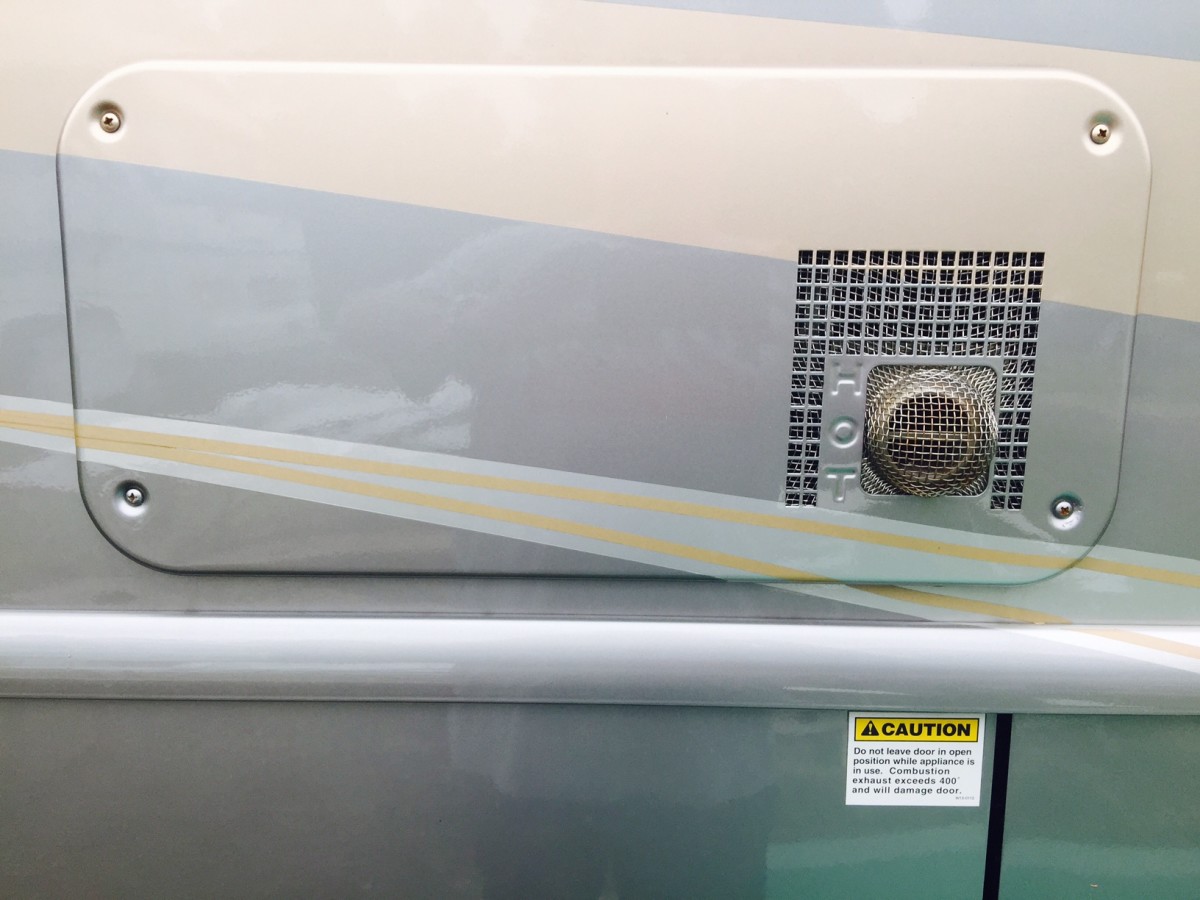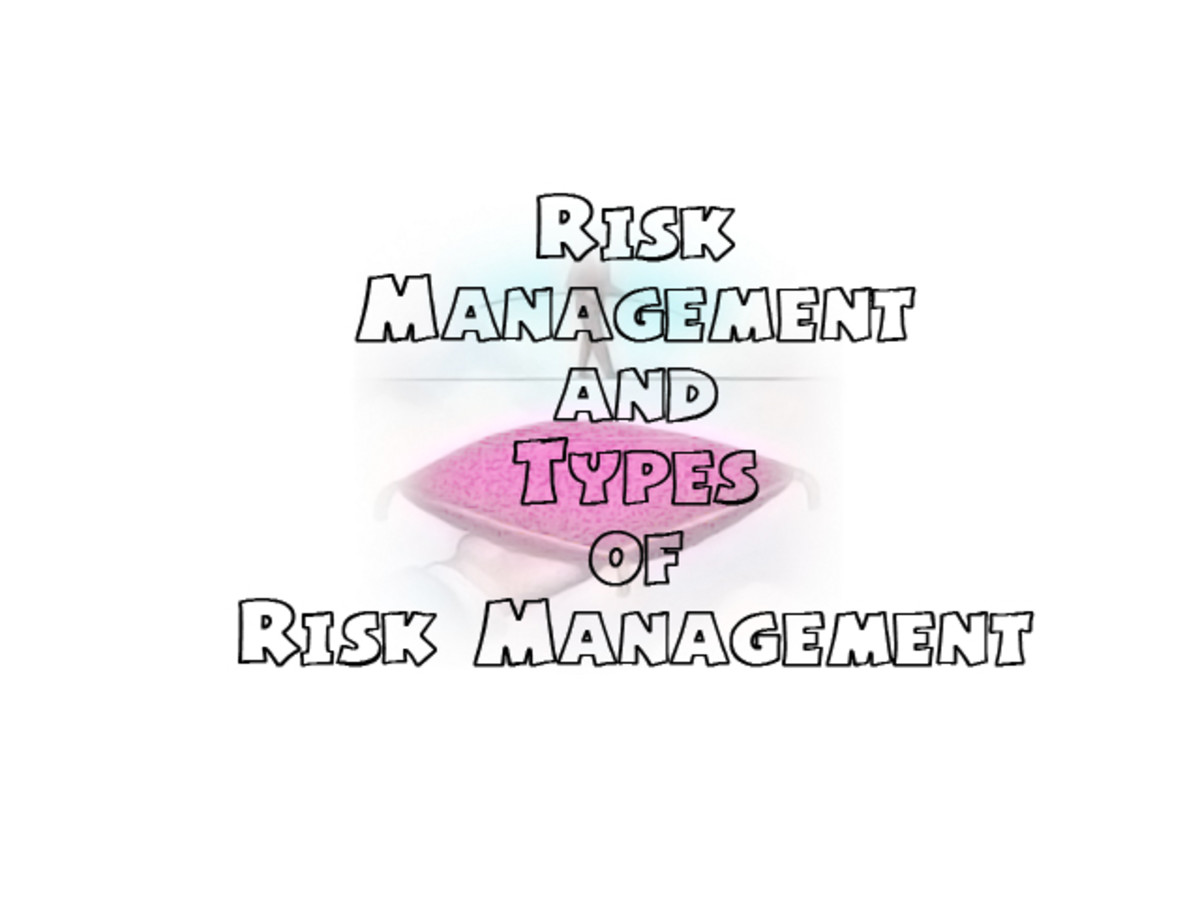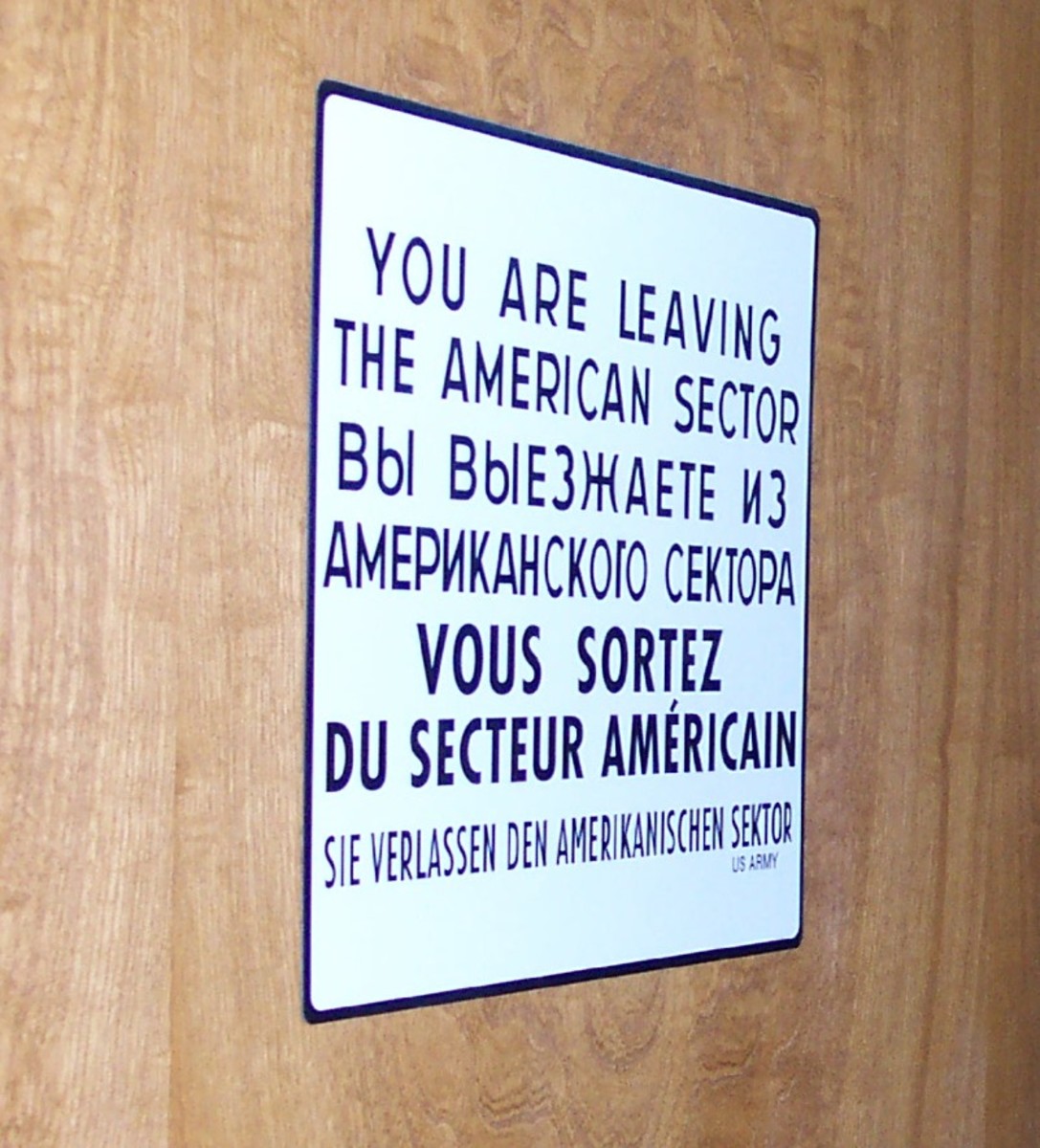Develop a Mold Prevention Plan

Mold - a health hazard
In the last ten years lawsuits
due to toxic mold infestations in residences have exploded, most recently because of mold
damage and injuries caused by defective wallboard imported from China. Mold infestations are a major problem because they cause structural damage that may require expensive repairs. But, more seriously, toxic molds cause human health
problems, particularly in children, the elderly, and those with respiratory
disease.
If you manage apartments, condominiums, college dormitories, resident hotels,
nursing homes, or any other multi-tenant property your insurance company will likely have you develop a
moisture and mold control to protect the health of your tenants and your building. An effective plan will provide guidelines on preventive
maintenance, infestation investigation and response, and mold remediation procedures.
This article identifies the various elements necessary for a mold prevention plan and guides you to useful resources so you can customize the plan to your property.

Identify responsibilities
Successful mold prevention depends on the joint efforts of the property manager, building maintenance staff, and residents. Ensure your plan spells out the various responsibilities of each individual.
Generally the property manager is responsible for general oversight and administration of plan policies, budgeting for maintenance and remediation, and tenant communication. Maintenance staff is usually responsible for inspection, preventive maintenance, investigation, and small remediation projects.
Written tenant agreements should make residents responsible
for the immediate report of any water intrusion inside their units (flooding,
leaks, condensation, mold growth) or suspected moisture problems, such as bad
odors or high humidity. Tenants know their living areas best. Management must work with them to keep communications open.
Preventive maintenance program
Routine inspection of the building is a very important element of mold prevention. Your plan should describe the required, periodic inspections of common areas, basements, underground garages, utility closets, exterior foundations, drainage systems, and roofs. Also describe required HVAC equipment inspections, maintenance procedures, and filter change-out schedules. Explain who makes the inspections, how often are they made, what areas and equipment are checked, and how to respond if moisture intrusion is suspected.
Include a standard inspection checklist as an
attachment to your plan and make inspectors document their findings on
the form. This ensures consistency in the
inspections and also provides evidence of your due diligence in pro-active
preventive maintenance. This will help defend you if their is a lawsuit.
Improve your preventive maintenance program as well. Your plan should Include preventive maintenance procedures for
- General prevention measures
- Indoor humidity controls
- Proper housekeeping methods to discourage mold growth
- Resident education programs that describes ways they can reduce water intrusion and mold growth in their units
Publications that describe effective preventive maintenance programs in detail are listed under Resources.
Investigation procedures
Establish
an investigation procedure for suspected or reported moisture and mold intrusions. Elements to include in this section of your plan are
procedures to report and document incidents, employee safety procedures while
investigating reported incidents, and investigation follow up. Make reporting easy for tenants by giving them a form or phone number to use if they suspect water or mold intrusions.

Response procedures
Establish a procedure for responding to a reported water intrusion incident. Describe how incidents should be reported, who should respond, immediate action to take, and any follow up actions. Include as a plan attachment a list of pre-qualified remediation, drying, and restoration contractors that specialize in cleaning up after a water intrusion event.
- Water Damage Remediation Contractors
Information on contractors in the United States. - Mold Remediation ~ Black Mold Remediation & Mold Removal
Search for prescreened toxic black mold remediators. - Hiring a Mold Remediation Contractor
Information on hiring a reputable contractor, contract points, obtaining estimates, and recommended cleanup procedures. - Certified Mold Inspectors, Certified Mold Contractors, & Certified Mold Testing
Directory of Certified Mold Inspectors, Certified Mold Remediators, and Certified Environmental Hygienists in USA, Canada, UK, Europe, Philippines, Asia, and Australia.
Water remediation procedures
Describe
procedures if remediation of water intrusion is necessary. Include guidelines on when professional
contractors should be called in and when employees can handle the problem
themselves. Also incorporate the four
principle drying techniques and general guidance for water damage clean
up. You can find these described in detail in the EPA document Mold Remediation in Schools and Commercial Buildings, listed under Resources.
Mold remediation procedures
Describe step-by-step procedures to manage the situation should a mold remediation project be necessary. These should include generally accepted industry guidelines so employees better understand the remediation process. Outline general procedures, remedial methods, safety precautions, required personal protection equipment, and resident communication plans. Also include a description of employee training that is required for maintenance staff who perform preventive maintenance, inspection, response, and remediation activities.
Develop a list of pre-qualified, licensed mold remediation contractors property managers can call if a mold remediation project is necessary.
Resources
- Institute of Inspection Cleaning and Restoration (IICRC)
Standard and Reference Guide for Professional Mold Remediation, S520, 1st Edition - American Conference of Governmental Industrial Hygienists
Purchase a copy of Bio-aerosols: Assessment and Control. ACGIH, Cincinnati, OH 1999 - EPA Mold Remediation in Schools and Commercial Buildings
This document presents guidelines for the remediation/cleanup of mold and moisture problems in schools and commercial buildings; these guidelines include measures designed to protect the health of building occupants and remediators. - Standard and Reference Guide for Professional Water Damage Restoration (also known as IICRC S500)
The IICRC Standard for Professional Water Damage Restoration (ANSI/IICRC S500-2006) is a procedural standard.








